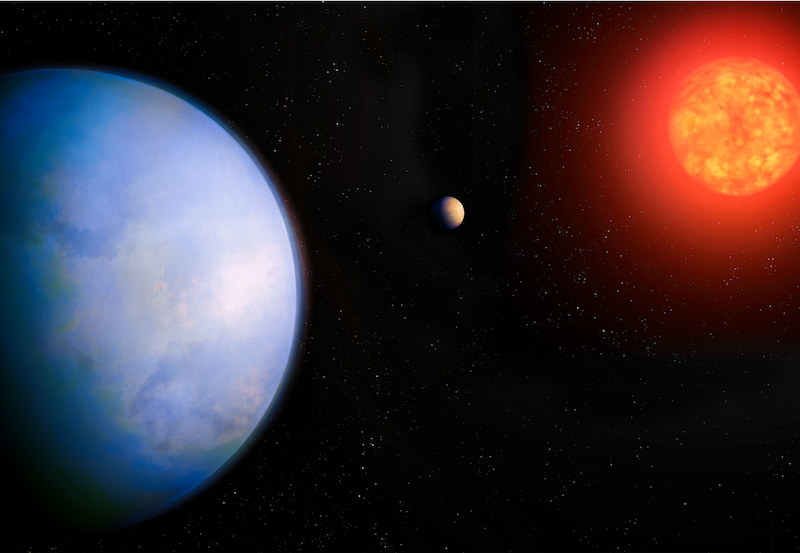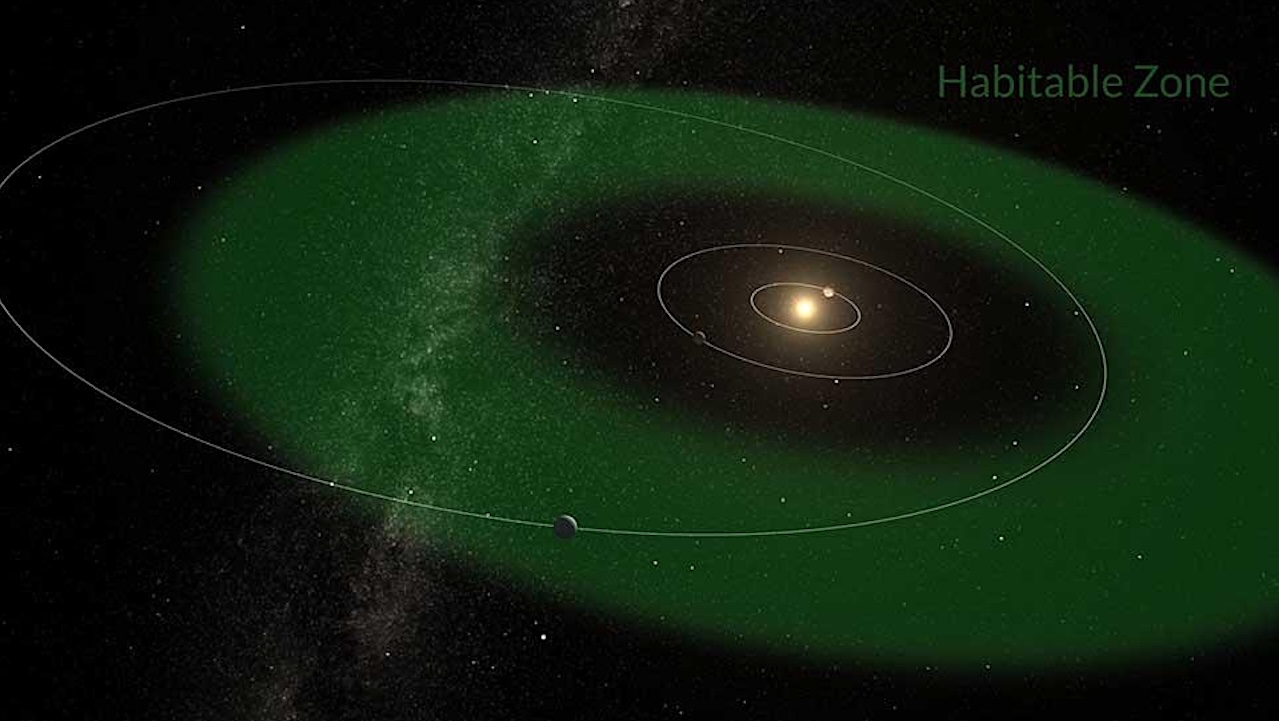
Astronomers have discovered another potentially habitable exoplanet orbiting a nearby star. The planet – GJ 251 c – is in the habitable zone of its red dwarf star.

Speedy’ planets orbiting faster in smaller orbits around white dwarfs are warmer than expected and more likely to maintain habitable conditions than the planets around the sun-like stars.

An international team has confirmed the discovery of a super-Earth orbiting in the habitable zone of a nearby Sun-like star.

A “super-Earth” ripe for further investigation orbits a small, reddish star that is, by astronomical standards, fairly close to us – only 137 light-years away.

Scientist Luigi Petraccone, University of Naples in Italy, in his paper that examines something called "planetary entropy production" lookes at how scientists select planets that could be habitable.

TOI 700 e has been confirmed orbiting inside the habitable zone of its star, TOI 700. TOI 700 is a small, cool star (known as an M dwarf star), located around 100 light-years away from us in the Dorado constellation.

The astronomers underlined that the star, these planets are orbiting is the second-coolest star found to host planets after TRAPPIST-1. They added that their finding is the second-most favorable habitable-zone terrestrial planet known so far.

A new study argues that our best chances of using atmospheres to find evidence of life is to broaden our search from focusing on planets like our own to include those with a hydrogen atmosphere.

The system around HD 158259 star consists of an innermost large rocky planet (a “super-Earth”) and five small gas giants (“mini-Neptunes”) that have exceptionally regular spacing between them.

A reanalysis of data from NASA's Kepler space telescope has revealed an Earth-size exoplanet orbiting in its star's habitable zone, the area around a star where a rocky planet could support liquid water.

US astronomy student Michelle Kunimoto has discovered 17 new planets, including a potentially habitable, Earth-sized world, by combing through data gathered by NASA.

Astronomers have found an exoplanet more than twice the size of Earth to be potentially habitable, opening the search for life to planets significantly larger than Earth but smaller than Neptune.

The habitable-zone planet is one of three orbiting a star known as TOI 700, a cool M dwarf located about 100 light-years from Earth. The candidate planet, TOI 700 d, is is at a distance where temperatures would allow water to exist in liquid form.

We get excited when we detect water on another world, which so far hasn’t happened often. But this study shows that the presence of water, though tantalizing and worth pursuing scientifically, guarantees nothing.

Astronomers using the Hubble space telescope have discovered water in the atmosphere of an exoplanet in its star’s habitable zone. The water was detected as vapour in the atmosphere. The planet is called K2-18b.